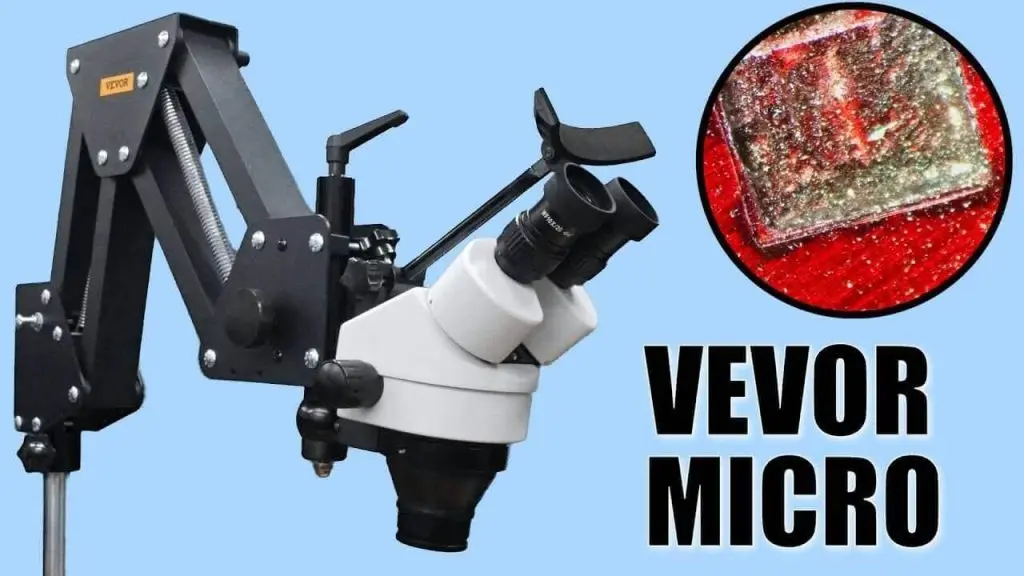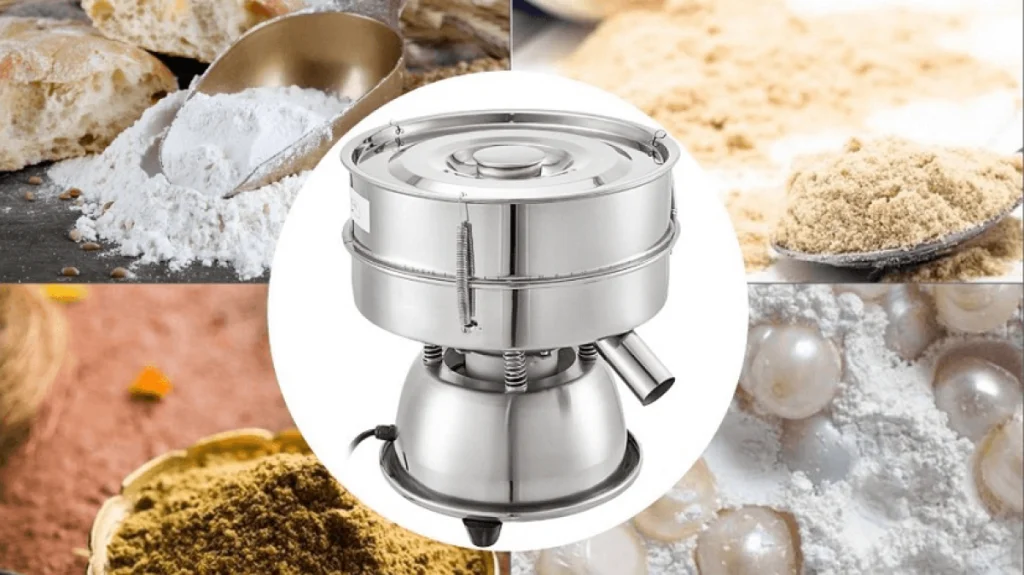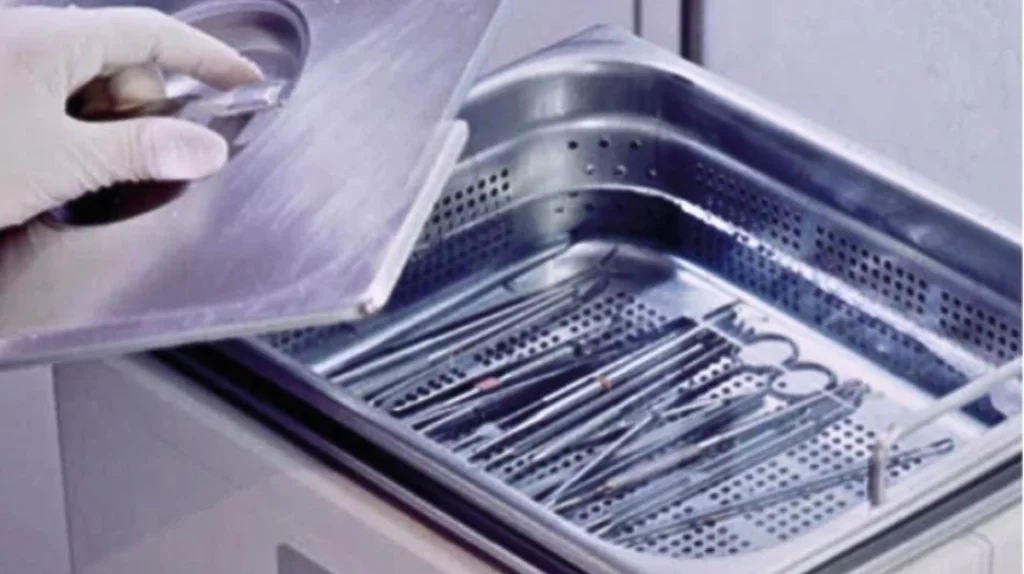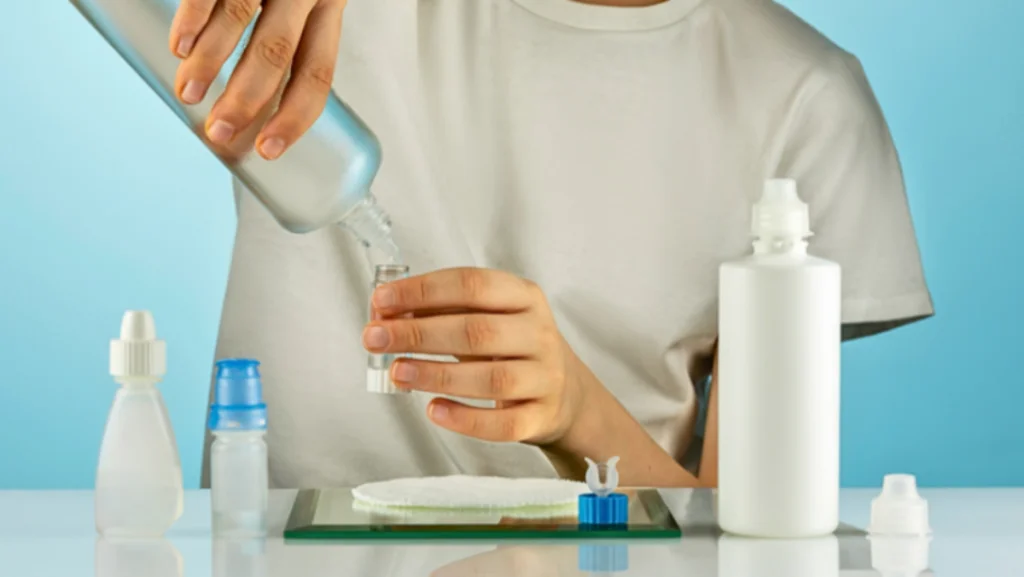In this era, using ultrasonic cleaners is an efficient way to clean various items. Many industries rely on ultrasonic cleaners for different materials for impressive and effective cleaning. For intricate and detailed items, an ultrasonic cleaner provides effective cleaning. They clean items made of glass, metals, ceramic, etc.
But do you know what not to put in an ultrasonic cleaner? Yes, you can’t put certain items in your VEVOR ultrasonic cleaner as they can cause damage to your cleaning device and items. Let’s, without wasting any further time, take a look at what to put in ultrasonic jewellery cleaner.
Table of contents
The Dos and Don’ts of Ultrasonic Cleaning
Follow the following ultrasonic cleaner instructions for do’s and don’ts:
Don’ts
- Don’t put unsuitable items in the ultrasonic cleaner: Placing unsuitable items can damage your machine and the surrounding environment.
- Without safety, don’t touch the cleaning solution: Without gloves, don’t touch the chemicals, as they can be harsh to your skin.
- Don’t do machine self-repairing: Machine Self-repairing can be a big disaster until and unless you’re not a professional.
- Don’t use an un-recommended cleaning solution: Every material uses a different solution, so make sure you use the right one for your items. It can be harmful to your valuables.
Do’s
- Use ultrasonic cleaner solution per the recommended quantity: Ultrasonic cleaner with ultrasonic cleaner can optimize its performance.
- Fill Water at the recommended level: Before starting the cleaning, fill your ultrasonic cleaner with water up to the recommended level.
- Choose optimal temperature for cleaning: Choosing the temperature according to the items ensures precise cleaning. High temperatures help dirt decompose, speed up evaporation, and damage soft stuff.
VEVOR provides user-friendly products in different ranges according to your needs. The VEVOR ultrasonic cleaner stands out among other brands with dual frequency and temperature settings.
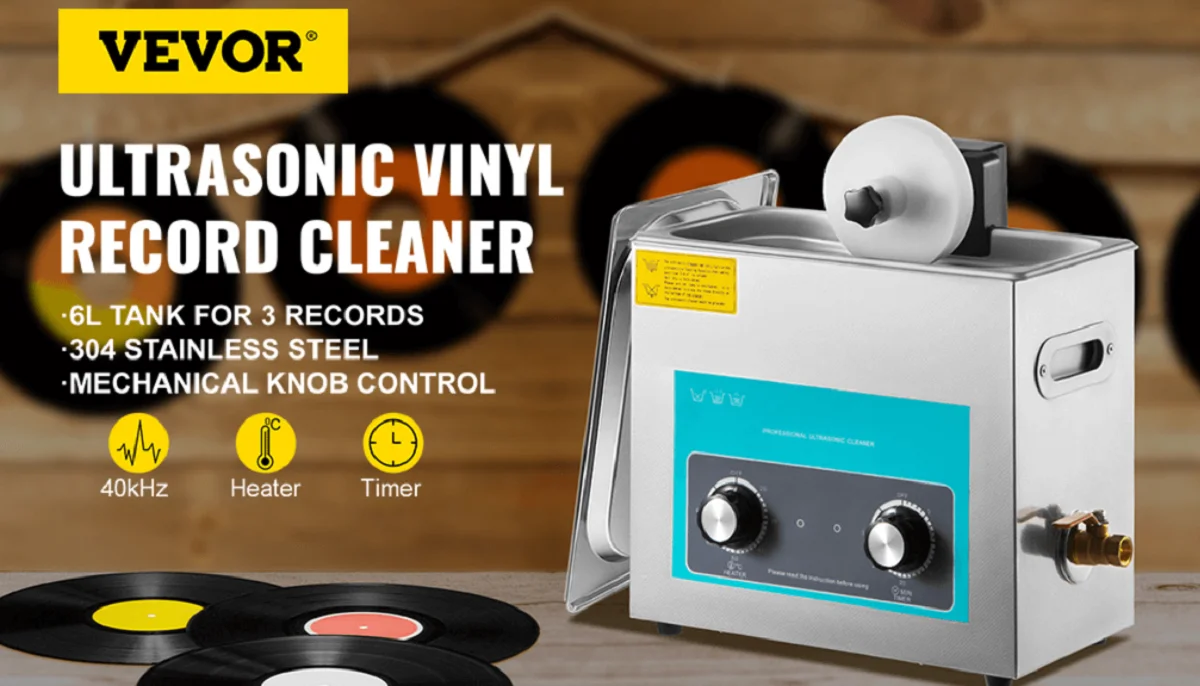
Items to Avoid in an Ultrasonic Cleaner
Are you wondering what not to put in ultrasonic jewellery cleaner? Rather than VEVOR, many other ultrasonic cleaners require a cleaning solution to operate. Is there anything that gets in the way of optimal performance? Yes, using an ultrasonic cleaner, you should avoid the following items not put in the cleaning tank.
- Delicate Components Items: The ultrasonic cleaner should not be used for small items or items made of delicate components, as their parts can be broken or loose due to the vibration and pressure of the machine.
- Objects Made of Rubber: You should put rubber items in ultrasonic cleaning because it can damage them once the heat is generated.
- Wooden Items: You’ll end up cracking and breaking the wood if you place it in the VEVOR ultrasonic cleaner.
- Combust or Flammable Items: Flammable items are prone to catch fire and explosion, potentially damaging the item and rendering the cleaner useless.
- Embedded Electronics: You can’t use the ultrasonic cleaner for putting electronics items like phones and laptops. The heat from the ultrasonic cleaner can irreparably damage them.
- Soft Gemstones: Are ultrasonic jewelry cleaners worth it? Yes, ultrasonic cleaners clean the jewellery efficiently, but there are some jewellery items you can’t put in an ultrasonic cleaner, like soft gemstones, which can be easily breakable.
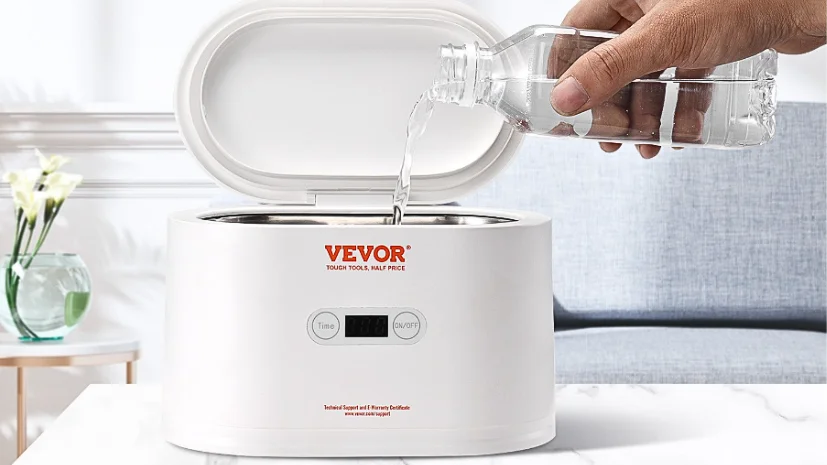
The Impact of Incorrect Usage on Ultrasonic Cleaners
Cleaning items that shouldn’t be cleaned using ultrasonic cleaners could damage the equipment and the items. Here are some potential damages and impacts of incorrect usage:
1. Damage to Ultrasonic components
Overheating: Internal components get damaged and decrease the lifespan of the equipment.
Tank Damage: Ultrasonic cleaners can leak if their integrity is compromised, making them useless.
Trancuder Damage: If the transducer gets damaged, it can affect the cleaning efficiency, and you may need to repair or replace it.
2. Reduced Cleaning Efficiency
Cause ineffective cleaning: Insufficient cleaning may compromise ultrasonic cleaning’s intended purpose.
3. Safety Risk
Electrical Hazards: Electrical hazards can result in fire, shock, and equipment malfunction.
Released of Harmful Substances: Exposers to substances can lead to environmental hazards and risks for operators.
4. Damaged To Cleaning Items
Color Fading: Diminish the visual appeal of items which is relevant for aesthetic and decorative components.
Surface Scratching: It can result in the separation of bonded components and leads to structural instability.
Finishing Loss: In high-end items, aesthetic quality may suffer.
For users, it’s crucial to follow the guidelines, recommended cleaning solutions, and temperature settings to ensure a safe and effective operation by using ultrasonic cleaners. Ultrasonic cleaning equipment lasts longer and is more reliable when maintained regularly, inspected, and compliant with industry standards.

Tips for Safely Using Your Ultrasonic Cleaner
However, ultrasonic cleaners are designed to remove dirt from multiple containers. This is a high-tech, high-performance way to get dirt out of materials. It’s used in medical, plastic, machinery, garages, and electronics. Understanding the best way to use ultrasonic cleaners and what precautions should be taken is essential.
So, make your ultrasonic cleaner longevity look how long to run ultrasonic cleaner:
- Don’t use boiled water and pour it into the machine
- Don’t use flammable cleaners
- Make sure the ultrasonic tank is filled up to about 10-20 mm from the top
- Metal doesn’t touch the ultrasonic bottom place
By offering ten different units in its dual-band series, VEVOR satisfied its customers and educated them through manual guidance and various platforms.
Alternatives for Sensitive Items
There are many other things you can’t clean through ultrasonic cleaners, so use a soft brush and good-quality detergent to clean them. But consider alternative cleaning methods that you can use for items unsuitable for ultrasonic cleaners.
- Manual Cleaning: Suitable for delicate surfaces.
- Steam Cleaning: Good for items that can withstand moisture and heat.
- Hand Wiping: It’s great for stuff you can’t submerge in liquid, or that has electronic components.
- Solvent Cleaning: Metal surfaces and hard components can be cleaned through solvent cleaning.
- Soft Vacuuming: Items with loose dust particles and debris are suitable for this.
- Foam Cleaning: Good for porous or textured items.
Conclusion
Using an Ultrasonic Cleaner, you can clean anything in your container. They’re safe for everything from laundry to food and baby items. You can get the most out of your ultrasonic cleaner by following the instructions properly. But there are a few things which you can’t put into your Ultrasonic cleaner to protect your belongings and machines from damage. Some items cannot be machine washed. With the VEVOR ultrasonic cleaner, you can clean anything from small to big due to the large tank capacity. Secure your investment by investing in a worthwhile product.


